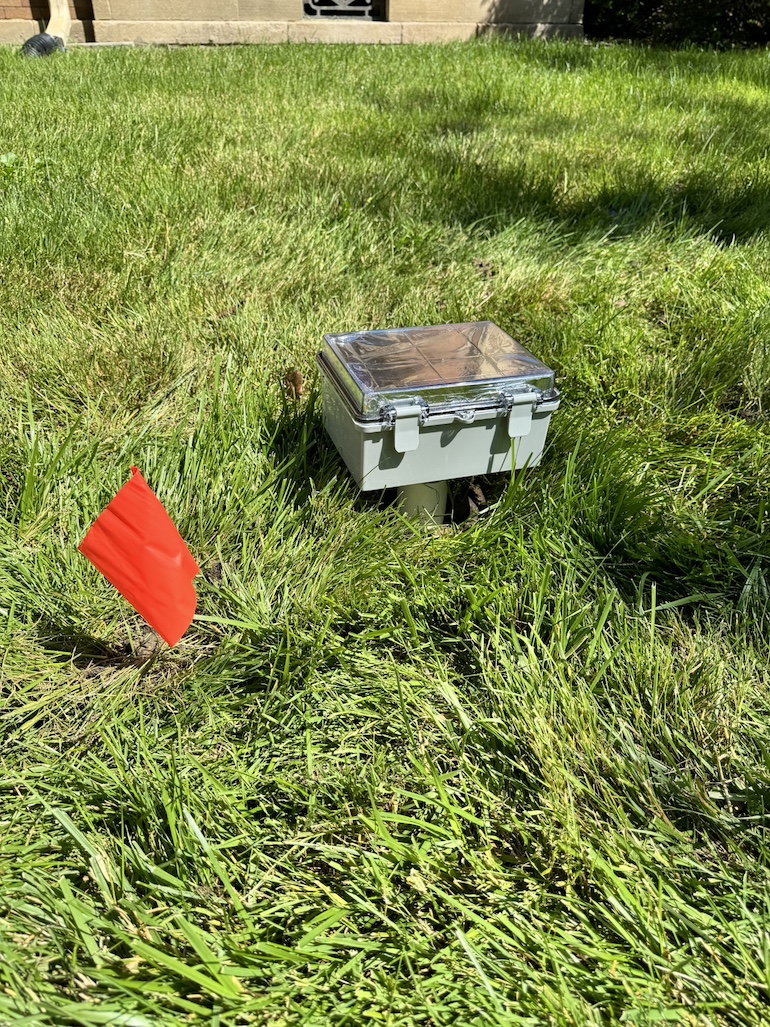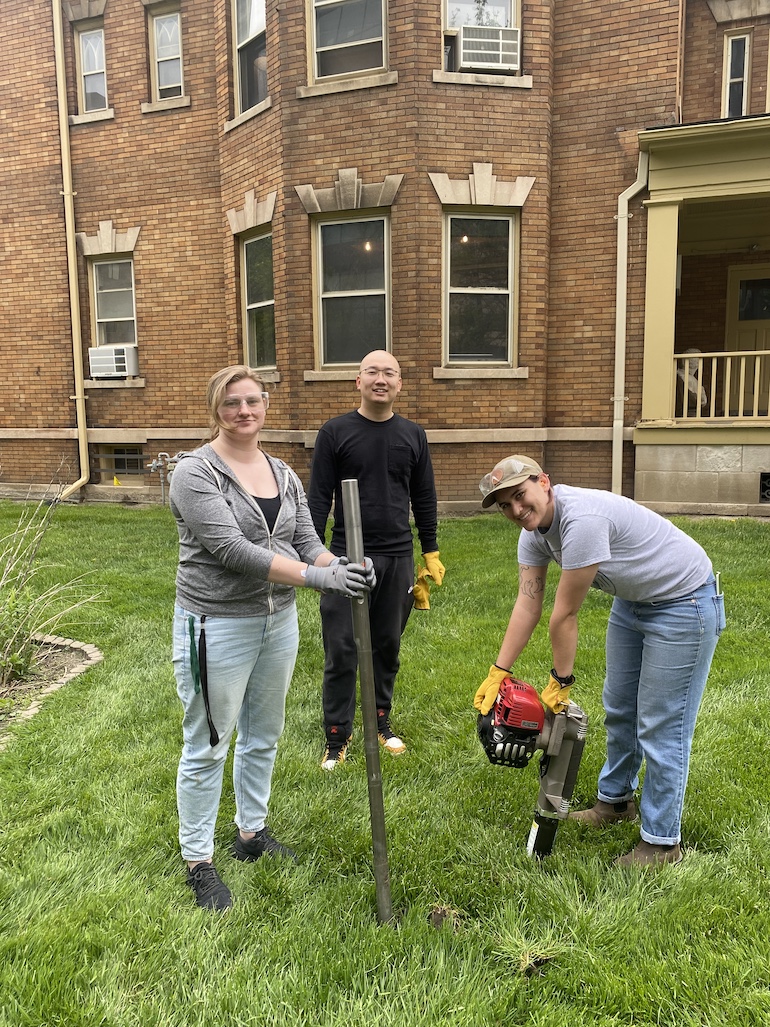CLEAR Faculty Spotlight: Yongli Wager
Dr. Yongli Wager is Principal Investigator with CLEAR's Project 2, which focuses on sensing and remediation of volatile organic chemicals (VOCs).
Please tell us about yourself and your work.
I am an Associate Professor in the Department of Civil & Environmental Engineering at Wayne State University. My expertise lies in Environmental Science and Engineering, holding a PhD in Civil Engineering from the University of Virginia (2013). My research is primarily focused on monitoring and mitigating environmental pollutants such as volatile organic compounds (VOCs) and microplastics.
I am particularly interested in comprehending how these pollutants behave in both natural and engineered systems, and how they affect both environmental quality and human health. My work involves developing cutting-edge technologies for real-time monitoring, utilizing Internet of Things (IoT) sensors and edge computing. Additionally, I am passionate about creating data tools that pinpoint sources and pathways through which these pollutants enter the environment. I also collaborate closely with communities to implement strategies aimed at reducing pollution sources.
Over the years, my research has garnered funding from prestigious institutions including NSF, EPA, NIEHS, DOE, Microsoft, the Great Lakes Protection Fund, and the Great Lakes Water Authority, among others. At the CLEAR center, I am currently leading a research project focused on developing a robust platform integrating IoT sensor networks and edge computing (IoTEC). This platform is coupled with a Bayesian network (BN) model to enhance exposure assessment and facilitate targeted remediation efforts for VOCs vapor intrusion (VI).

Any big news lately?
We have developed a VOC sensor monitoring prototype capable of real-time monitoring, data collection, processing, and presentation through a dedicated website. This prototype is designed to monitor VOC concentrations in both air and subsurface soil. Currently, we are conducting field tests to validate its performance.
In addition to our VOC sensor prototype, our research group has received a significant grant totaling $1.2 million. This funding will support the development of a data tool aimed at tracking and reducing sources of microplastics, an exciting advancement in our ongoing efforts to address environmental challenges.
What's next on the horizon for you?
This summer, we are poised to test our VOC sensor prototype by monitoring soil vapor concentrations at a contaminated site in Detroit. This initiative aims to gather high-resolution data that will illuminate the temporal and spatial fluctuations of VOCs in the subsurface. Our objective is to gain insights into how VOC vapors migrate from contamination sources to surrounding areas.
Furthermore, this field test will play a crucial role in refining our sensor prototype. Our long-term vision is to deploy hundreds of VOC sensors, establishing a comprehensive monitoring network across Detroit. This network will enable rapid and cost-effective assessment of Vapor Intrusion (VI), significantly enhancing environmental monitoring capabilities in the city.
What has been the most exciting/fulfilling part about working with CLEAR?
The most exciting and fulfilling aspect of working with CLEAR is the wealth of collaboration opportunities it presents. At CLEAR, researchers and scientists spanning various disciplines, alongside community members, regulatory agencies, and other stakeholders, work together to tackle the pressing issue of vapor intrusion. This collaborative environment not only enhances our research efforts but also fosters meaningful engagement with diverse stakeholders.
These interactions empower the CLEAR team to forge partnerships that amplify our research outcomes and extend our impact. By working together across sectors and disciplines, we can achieve more comprehensive and effective solutions to address the challenges posed by vapor intrusion.
